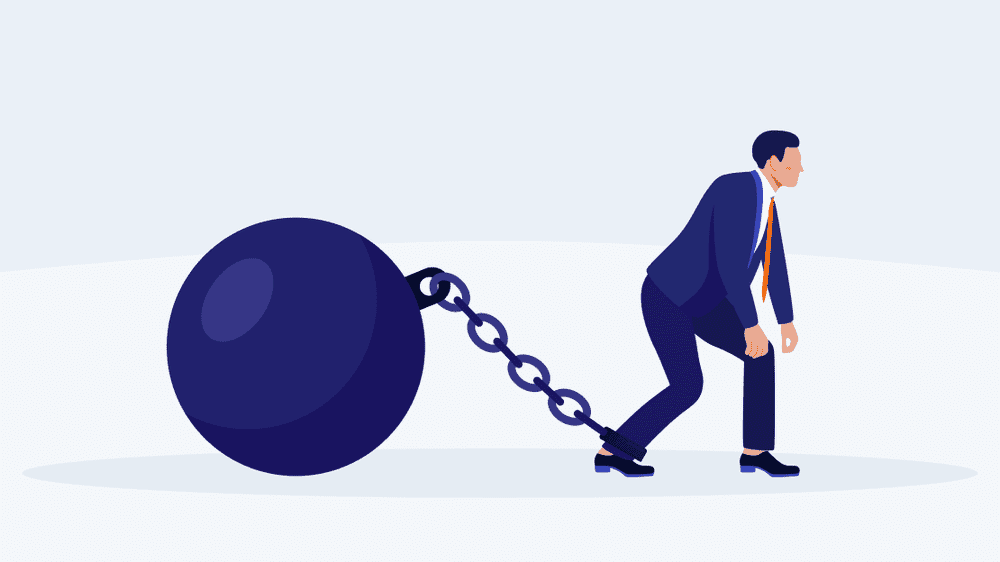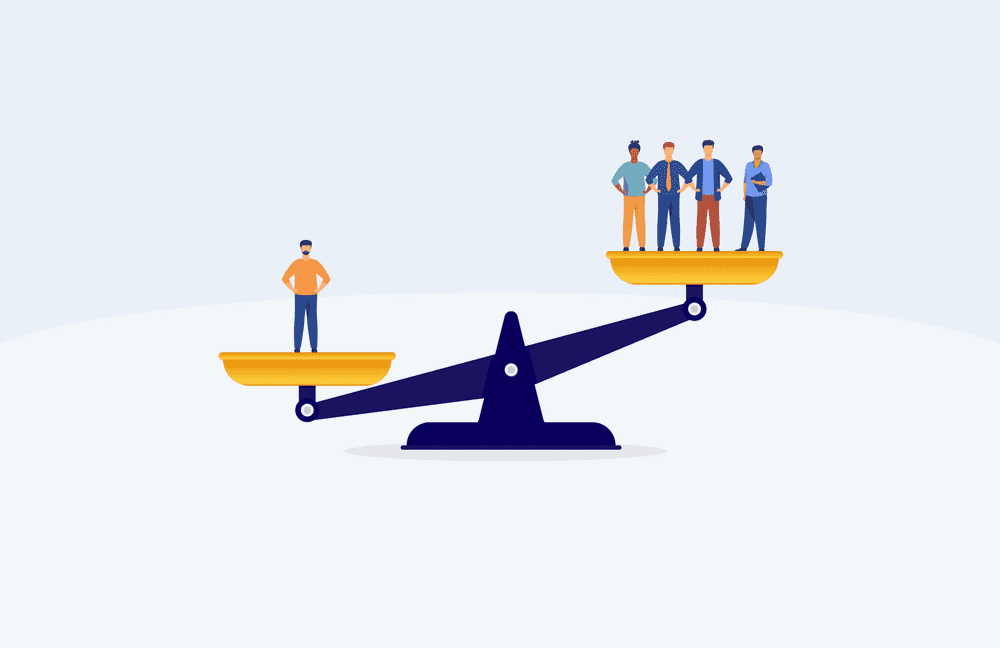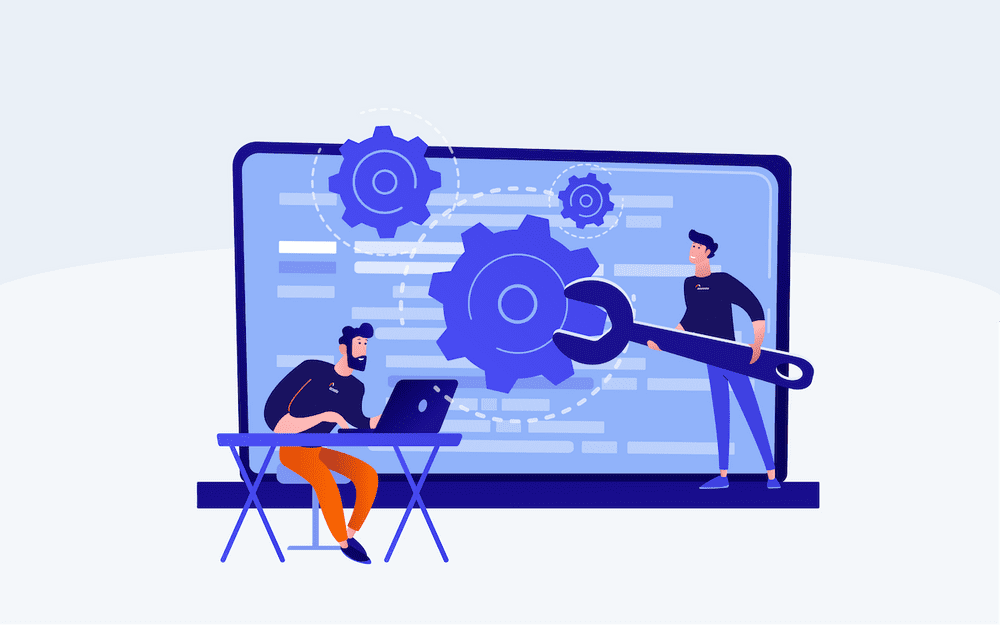Stages in Product Development: Navigating the Journey from Concept to Market
You've just had a brilliant idea — a potentially revolutionary product. Excellent start, or so you think. Once, at the start of my career, some investor told me that a great startup idea is worth as much as a single donut. And he couldn`t be more right. The real challenge is transforming that idea into a successful product, and creativity alone won't cut it. Product development is crucial. It will either make or break your project, whether you're launching a startup, leading a product team, or enhancing an existing platform.
In this guide, I'll walk you through every critical stage of product development, providing insights that will help you turn your vision into a market-ready solution suitable for your target market.
Understanding the Product Development Process: More Than Just an Idea
The product development process isn't about creating an entire product from scratch every time. More often, it's about developing new features or modules for existing solutions. Whether you're a tech startup or an established company, understanding these stages is crucial for sustainable growth and innovation.
Stage 1: Idea Generation and Concept Development in Product Development
Every successful product or improvement begins with a spark. Ironically, that's the stage which most products never leave. In this initial stage of the product development process, you'll generate product ideas through:
Brainstorming sessions
- Mind mapping
- Hero storytelling
- Team workshops
- Direct customer feedback
The key is to capture as many product ideas as possible while remaining selective. Not every concept will become a reality, and that's okay. Your goal is to create a pool of potential innovations that align with your business objectives and market needs.
Many companies invest tremendous effort in generating those ideas, creating extensive descriptions and mockups, only to ultimately implement just 1% of those concepts.
Why does this happen? Reasons for product abandonment on the stage of idea generation can include:
- Budget constraints
- Shifting priorities
- Evolving business objectives
- Changing market conditions
That's why, prior to going into the next stages of product development, you should do a business analysis. Maybe your product now needs an improvement to an old feature rather than a completely new one. Or maybe you do not have a budget for a new product development process. While these early planning stages are crucial, it's essential to approach them rationally from your business perspective. The key is finding a balance between planning and implementation. Don't fall into the trap of over-planning or creating designs for solutions that may prove unnecessary or too expensive to develop.
Remember: Elaborate designs that never materialize are simply wasted resources.
Your goal should be to:
- Assess feasibility pragmatically
- Prioritize concepts with clear value
- Be prepared to leave ideas behind
- Restrain yourself from spending too much time on planning
The most successful product development processes maintain a delicate balance — enough planning to be strategic, but with a strong bias towards action and implementation.
Stage 2: Data Analysis and Market Research
Once you've generated a diverse range of plausible ideas to implement, Stage 2 becomes critical for validating and filtering these initial concepts through rigorous data analysis and market research. The primary purpose of this stage is to de-risk the product development process early on by ensuring that subsequent efforts are focused on ideas that align with your target audience.
You can approach this stage in a multitude of ways:
- Analyzing raw consumer data
- Conducting A/B tests, surveys and interviews
- Market research and industry reports
- Creating test landing pages
- Assessing technical and financial feasibility
If we are talking about the improvement of the existing product, the first and probably the last piece of data you need is the insight from your consumers. Your data on existing clients should provide more than enough to move forward with new features or throw out inefficient ideas. The way you get that data only depends on the type of your service or product. You can gather data via Google Analytics, Clarity and other such services. Conduct A/B tests, surveys and analyse support tickets.
If you cannot gather consumer data, market research is your choice. Sometimes, extensive market research isn't feasible. In such cases, creating a minimum viable product (MVP) and gathering real-world feedback can be more efficient than months of preliminary analysis. That is easily done if you have a group of people you can offer that product to, such as your existing partners and clients who might have enjoyed your other services or products. However, we will discuss the MVP in more detail shortly.
If you do not have such contacts, consider creating a Landing Page with a preview of a future product, where people can show their interest by pre-ordering it or signing up. Again, use A/B testing and gather as much data as possible to determine which features of the product will be the most valuable for your target audience. Promote the landing page through ads and your social media.
Lastly, make sure your idea is financially and technically feasible. Many products were started only to be abandoned due to insufficient budget or technology wasting much time, resources and energy that could have been funneled maybe in a less ambitious but a profitable product.
Stage 3: Designing and Prototyping, Minimum viable product
I’ve briefly introduced the concept of MVPs before, so let's talk in more detail. The goal is to transform abstract ideas into tangible prototypes. The primary function of designing and building a Minimum Viable Product (MVP) at this stage is to tangibly test core product assumptions in a real-world setting and to gather early, actionable market validation.
In short, your MVP should focus on core functionalities, allowing you to:
- Test initial product concepts
- Gather early customer feedback
- Identify potential improvements
Be aware that rapid prototyping can introduce technical debt. Think of this like a business loan — you might, or you even should, take shortcuts to move faster, but plan to "repay" this debt through future refinements. Loose track of tech debt, and next time, you will be reminded with the symptoms and a steep price tag on removing them. Someone else afterwards will spend a lot of time digging through the whole product in order to document it and plan when and how you'll be "repaying" it.
Stage 4: The Development Process
It is much easier to create a product than to sell it. This stage is where your product takes shape through detailed engineering. The detailed engineering and product construction in this phase should be based on the data, insights, and user feedback gathered during the preceding stages. Key considerations include:
- Iterative Development Approaches: Embrace short cycles (Sprints, Iterations, or however you want to call them) to build and test in increments. This allows for early course correction based on feedback and reduces the risk of building the wrong thing for too long. Best Practice: Aim for functional iterations every 2 weeks, demonstrating working features to stakeholders. With time, add retrospective meetings to improve not only the product but also the team and the process behind this product.
- Continuous Integration (CI): Implement CI to automatically merge code changes frequently and run automated tests. This catches integration issues early and maintains code stability. Best Practice: Set up automated build, test, and ideally — deployment pipelines to run with every code commit.
- Managing Technical Debt: In this stage, most of the technical debt can appear. Acknowledge that shortcuts might be necessary for speed, but consciously track and plan to refactor or improve the code later. Unmanaged tech debt becomes a major drag. Best Practice: Maintain a tech debt backlog, prioritize refactoring, and allocate time in each sprint to address it.
- Ensuring Scalability and Performance: Design and build with future growth in mind. Consider the expected user load and data volume to avoid performance bottlenecks later. But do not fall into the radical opposite. If you expect 100 visitors a day — you do not need a website that can handle 10000 visitors a day right away. Best Practice: Conduct performance testing early and regularly, optimize key code paths, and choose scalable architectures.
- Clear Requirements and Communication: Development thrives on clarity. Ensure well-defined user stories and acceptance criteria, and maintain constant communication between product and development teams. Best Practice: Use visual tools, weekly stand-ups, and shared documentation to keep everyone aligned on requirements and progress.
- Technology Choices and Architecture: Select technologies and architecture that align with project needs, team skills, and long-term scalability. Avoid over-engineering or choosing trendy tech just for the sake of it. Best Practice: Conduct a technology evaluation upfront, considering factors like maintainability, community support, and performance characteristics.
Many founders have created a product that they deemed near-to-perfect; the issue is that it was only perfect for them.
Stage 5: Testing, Customer Feedback, and Quality Assurance
Although you could have started the tests as early as in the second stage, here is where you should do most of them. Rigorous testing is crucial. This stage involves:
- UI/UX testing
- Performance testing
- Functionality testing
- Security testing
- Compitability testing
- Accessibility testing
- Gathering feedback from early access testers
Remember, testing isn't just about finding bugs — it's about validating your product's market fit and performance potential. If you doing live tests, for example, AB testing, don’t forget about the perceived quality. You can use the "duct tape" to build features quickly, but don't let users see it! Otherwise, you won't be able to differentiate a bad idea from a bad execution.
In this stage, the last preparations before the official launch are made. Now, you can see how close your product is to the starting idea. Generally, it will be pretty far away.
If your launched product is identical to your starting concept, it's a warning sign. It likely means you’ve prioritized your own vision over market validation, or, in an incredibly unlikely scenario — you’ve made a perfect guess. Truly successful products are almost always shaped and refined through data and customer interaction, evolving significantly from their initial conception.
Stage 6: Product Launch and Post-Launch Iteration
Launching your product isn't the end — it's the beginning of a new product development life cycle. This stage involves:
- Coordinated sales and marketing strategies
- Continuous product development
- Supporting new customer base
- Monitoring and addressing emerging needs
Just don’t forget to communicate your launch properly with the clients. Some products deliver a lot of features that most clients aren’t even aware of.
After you launch your product and marketing campaigns, you gain your first wins and first unexpected problems. To avoid major problems, you can use the rolling launch technique, where you launch a new feature into a market gradually, testing if everything is alright on 25% of your customers, and only after that releasing the feature to all. If you have a particularly large client base, you might even consider doing that in a couple of stages (e.g. 25%/50%/75%/100%).
Here is the end of this cycle, but simultaneously, you begin a new one, or even a couple. Now, you must start a new product development process. Will you focus on other features of this product? Or should you add completely new features? Maybe you can do both at the same time? Or even start a completely new product, perhaps? It is up to you to decide. But of one thing I am sure — the product development process is a never-ending cycle. And you can be engaged in a couple of them right now.
Conclusion: Your Product Development Journey
Let's be clear: Product development is not for the faint of heart. It's dynamic, demanding, and full of uncertainties. Mistakes will happen, and even the best data can lead you astray. Success isn't guaranteed, but it is achievable. The key lies in actively managing each stage — from sparking innovation to meticulous planning and decisive execution. Each phase is a critical checkpoint to refine your product, optimize your resources, and ensure you are building solutions that genuinely address market demands. Stop viewing it as just a process, and start mastering the cycle of product development. This is how you transform ideas into impactful realities and consistently deliver products that truly resonate.
Remember: A successful product isn't just built — it's carefully crafted, continuously improved, and always aligned with user expectations.
To end this with some tangible advice: do not fall into extremes. It’s very easy to focus on one perceived problem and completely forget about others. Some just start pumping out new features and some get stuck in a constant cycle of fixing existing problems. You must stay unbiased, holding a delicate balance of creating, repairing and analysing. With that — I wish you the best of luck.



